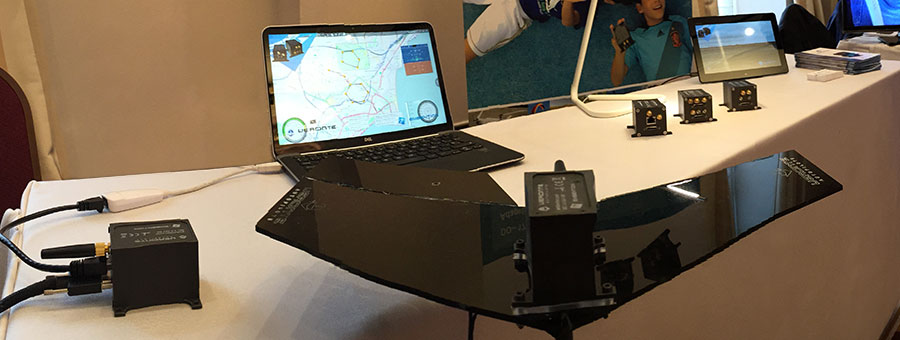It has been completed in Moscow, Russia, the second Unmanned Aircraft International Conference 2015, the largest annual platform dedicated to innovative development of unmanned aviation in the country. More than 150 delegates from Russia and, Eastern and Western Europe attended the debate about current status on: the legal regulations, effective production use of drones, etc. At the plenary session of the Unmanned Aircraft 2015 conference, main experts on the industry presented reports on regulatory policies and development techniques applied to UAS. Also it were highlighted the main trends in the russian market, the current development opportunities and the security on businesses related to civil use of UAVs, which is growing fast.
In the Unmanned Aircraft 2015 it was organized an exhibition with most innovative national and foreign production companies from the UAV industry. The head of the Center for Strategic Research in Civil Aviation, gave a speech to attendees noting that it is necessary to solve the problems of lack of legal documentation and effective techniques on the fields of regulation, development, production, testing and operation of drones in the Russian Federation. To thereby achieve, a dynamic development in the use of UAVs in various sectors of the economy and the fulfillment of specific government tasks.
“The international experience presented at the Unmanned Aircraft conference must promote the development of advanced technologies. All the proposals from participants to improve the regulatory framework, provided to conference delegates, will be taken into account for the approach of the roadmap on the initiative of the national technological development of the UAVs”, said the head of the Center for Strategic Research in Civil Aviation.
Embention presentation in the Unmanned Aircraft 2015, Russia
David Benavente, Embention CEO, participated in the conference on Unmanned Aircraft with its exposition “Autopilot Challenges” that got a great reception and interest. This exposition dealt with the various challenges in the industry development of UAVs and drones, as well as proposed solutions to address and solve them effectively.
Among the main challenges for the industry it is the difficulty on the integration, given the great diversity of platforms under development. Each one of them having a series of particularities and characteristics that difficult the integration of traditional control systems, which are difficult to adapt to the particular needs on each system. In addition it were treated topics on advanced control needs demanded by the industry, like: precise positioning; for photogrammetry and maping applications, systems with a substantial variation on the plant during the flight; as those employed in agriculture, the need to be ready to operate instantly at any time; as on systems for emergencies… Another challenge for the current industry are the new safety requirements, that comes from the regulation of sector. And finally it were raised the challenges from the business and commercial perspective, where it were raised the high investment required for the integration of tradtional professional systems as well as limitations on the international trade due to the ITAR limitations.
To face these and other challenges, Embention proposed in Unmanned Aircraft 2015 to adopt a series of solutions, which are incorporated in its Veronte Autopilot. To deal with the problems of integration, this control system has a highly configurable modular architecture, using the same hardware and software to control any type of platforms (helicopters, planes, multicopters, surface vehicles, land vehicles,…). Among the system customization settings, user has modules for the customizing: missions, automatic behaviors in the system (events and actions), control channels, operating phases… that enables to adapt it for any kind of platform and application (surveillance, photogrammetry, logistics, agriculture,…). Furthermore, Veronte includes precise positioning using RTK-like technology, without having to install any additional hardware. Thanks to the adaptive control module, the system can adapt autonomously the control during the flight, adapting control parameters to variations in mass distribution during flight and changing weather conditions. Regarding safety, the system complies with main standards in the industry STANAG 4703, DO-178 / ED-12, DO-254 DAL B and DO-160, being the evidences of accomplishment accessible for system certification. As for the integration in the market, this scalable system permits to install just the needed modules for a particular system, reducing production costs, permitting also to be commercialized globally as it isn’t listed as an ITAR controlled product.
